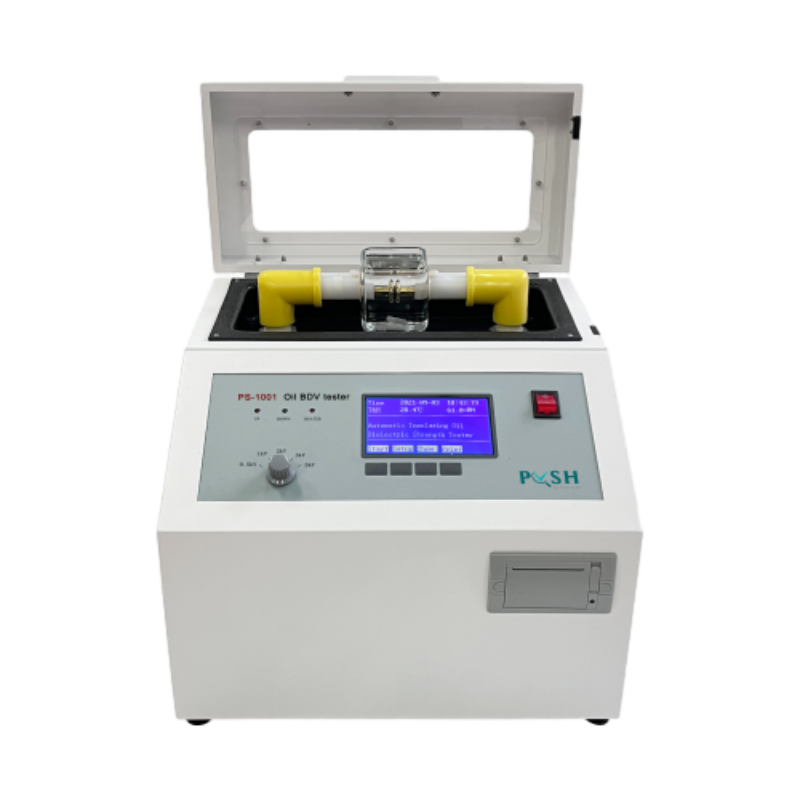 English
English


Transformer Tap Changer Types - Comprehensive Guide
Understanding Transformer Tap Changer Types
Transformer tap changers play a crucial role in maintaining the voltage level within electrical power systems. By adjusting the turns ratio of the transformer, they ensure the output voltage remains stable despite fluctuations in load or input voltage. There are primarily two types of tap changers on-load tap changers (ONLoad) and off-load tap changers (OFFLoad). Each type has its own specific applications, advantages, and disadvantages.
On-Load Tap Changers (OLTC)
On-load tap changers allow for voltage adjustments without interrupting the operation of the transformer. This is particularly important in applications where maintaining a constant voltage is critical, such as in power distribution networks and industrial settings. OLTCs are equipped with mechanisms that enable smooth transitions between taps while the transformer is under load. This capability is essential in preventing voltage dips and ensuring reliability in power supply.
The design of ONLoad tap changers typically incorporates motorized or hydraulic systems that facilitate automatic adjustments based on pre-set voltage levels. These tap changers can be quite complex, necessitating regular maintenance to ensure their reliability and functionality. Despite the intricate design, the continuous operation and flexibility they offer significantly enhance system stability.
Off-Load Tap Changers (OFFLoad)
transformer tap changer types

In contrast, off-load tap changers require the transformer to be de-energized for adjustments to be made. These tap changers are simpler in design and are often used in less critical applications where frequent adjustments are not necessary. OFFLoad tap changers are commonly found in older transformers or in settings where voltage variations are minimal.
The primary advantage of off-load tap changers is their lower cost and simplicity; they generally have fewer moving parts and require less maintenance than their on-load counterparts. However, the drawback is clear any adjustment necessitates taking the transformer offline, which can lead to interruptions in service.
Conclusion
Choosing between on-load and off-load tap changers largely depends on the specific requirements of the power system in question. For high-demand environments where uninterrupted service is key, on-load tap changers are often the preferred choice. Conversely, for applications with stable conditions and lower voltage variation, off-load tap changers may be completely adequate.
In summary, understanding the differences between transformer tap changer types is essential for engineers and operators in the power generation and distribution sector. The choice of a tap changer impacts not only the performance and efficiency of the transformer but also the overall reliability of the electricity supply system. Proper selection and maintenance of tap changers are critical for optimal system operation and longevity.
-
Differences between open cup flash point tester and closed cup flash point testerNewsOct.31,2024
-
The Reliable Load Tap ChangerNewsOct.23,2024
-
The Essential Guide to Hipot TestersNewsOct.23,2024
-
The Digital Insulation TesterNewsOct.23,2024
-
The Best Earth Loop Impedance Tester for SaleNewsOct.23,2024
-
Tan Delta Tester--The Essential Tool for Electrical Insulation TestingNewsOct.23,2024





